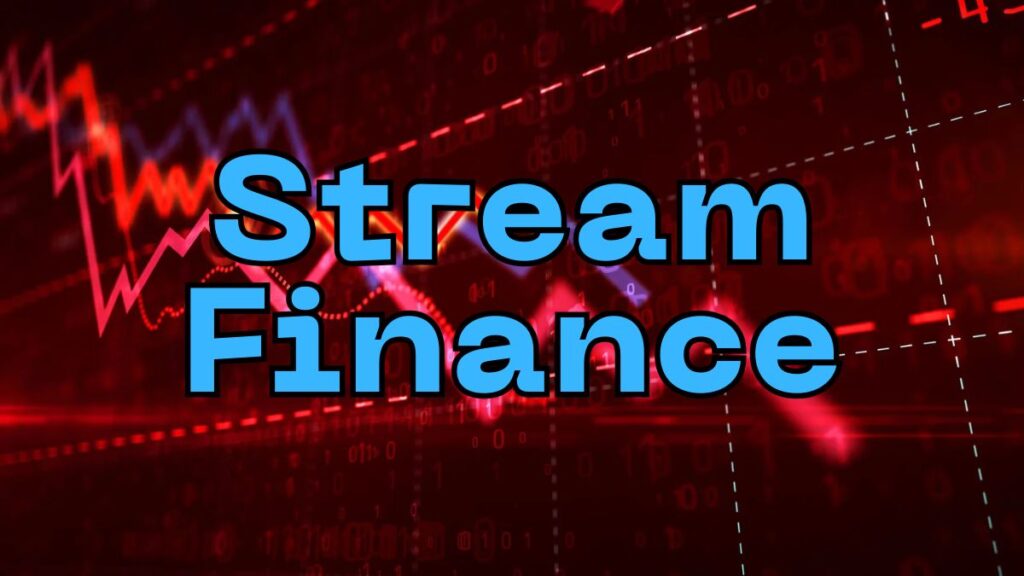TL;DR
- Stream Finance suspended withdrawals after losing $93 million under external management, which caused its xUSD stablecoin to crash 88% in value.
- The “risk curator” model, based on vaults offering 18% yields on stablecoins, collapsed due to leveraged exposure to markets on Euler and Morpho.
- MEV Capital, Re7 Labs, Telos, and Silo Finance reported combined losses of over $200 million, while Yearn and Aave emerged stronger thanks to their conservative approach.
Stream Finance, a leveraged-yield DeFi platform, halted withdrawals after declaring a $93 million loss managed by an external fund. The incident triggered the collapse of its xUSD stablecoin—which lost 88% of its value—and sparked a liquidity crisis across several interconnected protocols.
Stream Finance’s model offered 18% returns on stablecoins through so-called “risk curator” strategies designed to attract deposits and generate fees without taking on direct exposure. However, its ties to custom markets on platforms like Euler and Morpho, combined with complex leverage structures that were difficult to unwind, deepened the losses when asset values fell.
The Numbers Behind Stream Finance’s Collapse
The impact quickly spread to other protocols across the ecosystem. MEV Capital reported $34 million in exposure; Re7 Labs, $27.4 million combined; Telos Consilium, up to $124 million according to analyst estimates; and Silo Finance, $15.4 million in direct deposits. Other platforms such as Varlamore and Mithras also reported combined losses exceeding $20 million. Several markets are now operating at full utilization, and many users remain unable to withdraw their funds.
The platform’s downfall exposed the fragility of high-yield vault models. Projects like Elixir—which held exclusive 1:1 redemption rights with Stream—were accused of worsening the liquidity run. A lack of governance and transparency in fund management further eroded trust in so-called “risk curators.”
While some projects—such as Gauntlet, Morpho, and Euler—defended the modular design of their systems as risk-containment mechanisms, others criticized the approach as a “race of opaque yields” that rewards excessive leverage. Ernesto Boado from BGD Labs said many platforms “sold their brand to players,” referring to the incentive to take on higher risks in order to retain deposits.
Winners and Losers
Among the few beneficiaries were curators without direct exposure, including Steakhouse, Clearstar, and Hyperithm, as well as Neutrl Labs, which reported a $250,000 gain during the crisis.
The collapse of Stream Finance has drawn attention to the sustainability of its model. Conservative platforms like Yearn Finance and Aave, which offer moderate but stable yields, have emerged stronger. The takeaway, according to analysts, is clear: the pursuit of high returns without proper risk control not only destroys value but also undermines confidence in the entire DeFi ecosystem












